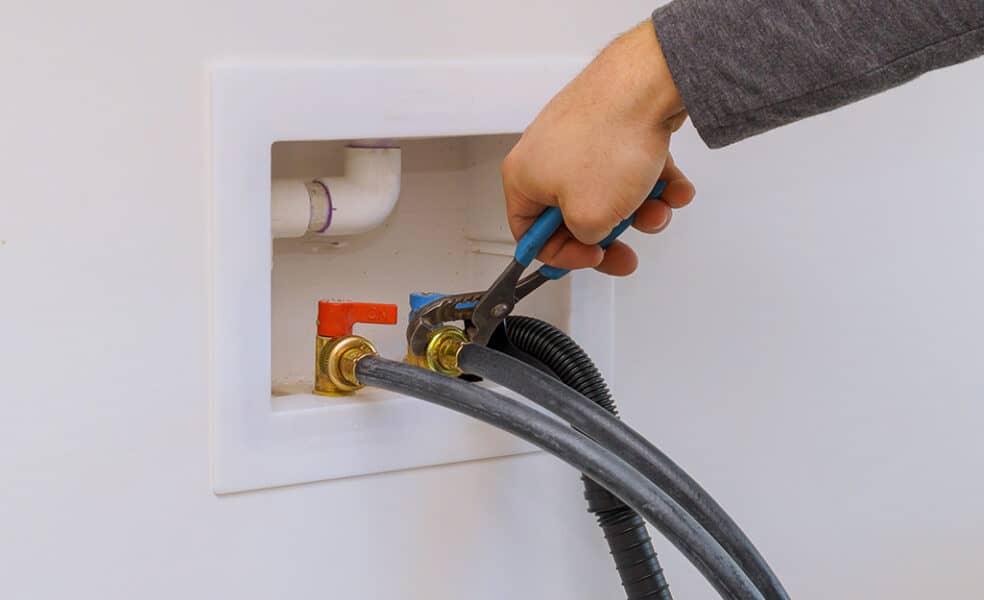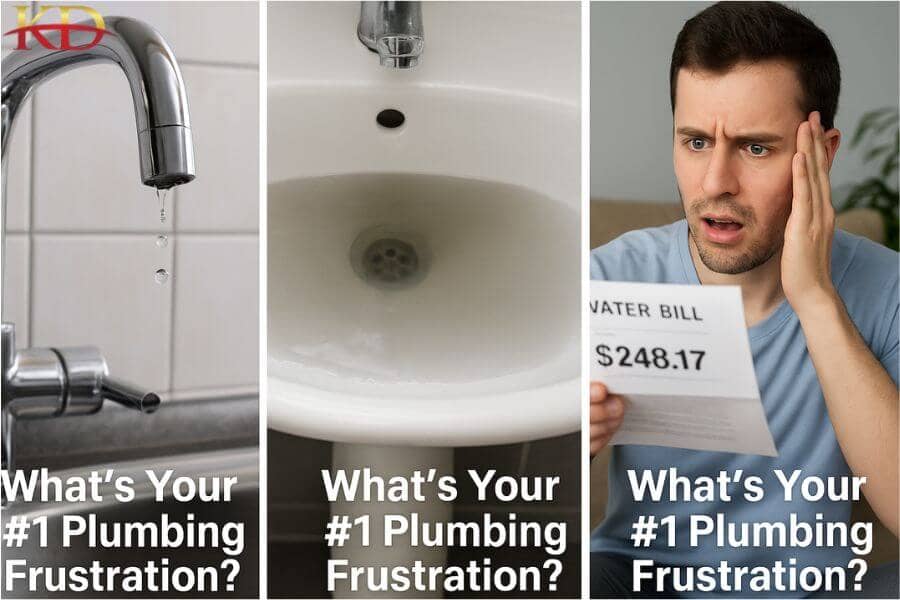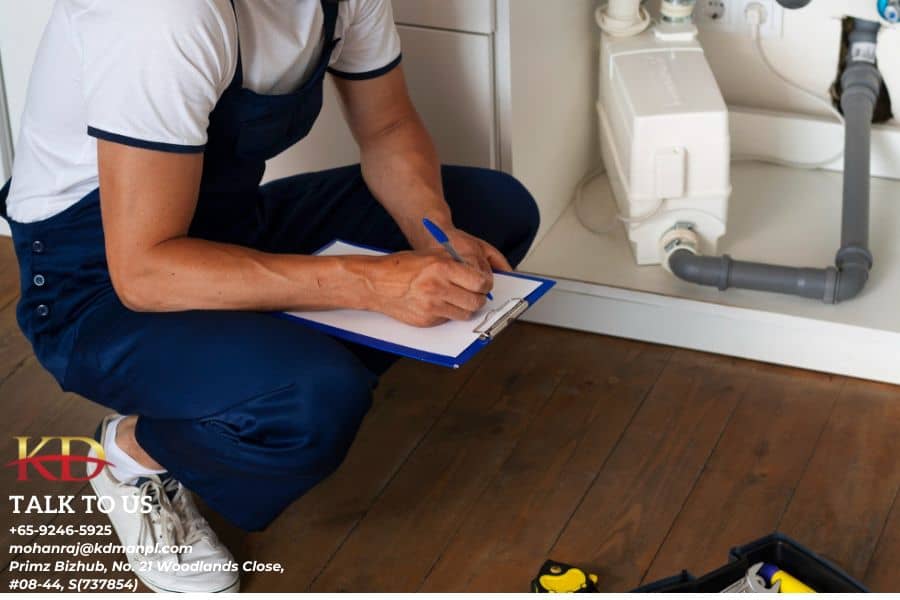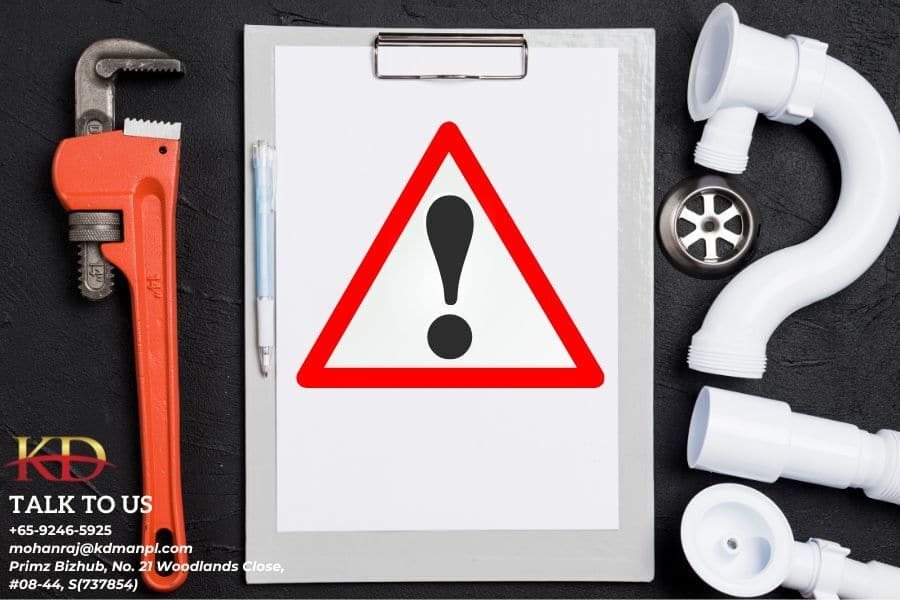When setting up a new washing machine, one of the most essential aspects to consider is ensuring proper water pipe installation. In Singapore, where most homes and apartments rely on modern plumbing systems, installing water pipes for washing machines requires careful planning and professional attention to detail. Here’s a guide to understanding the key elements involved in installing water pipes for your washing machine.
Why Proper Installation Matters
Proper water pipe installation is crucial for maintaining efficient water flow, avoiding potential leaks, and ensuring your washing machine functions smoothly. An improperly installed water line can cause issues such as water wastage, frequent maintenance, or damage to your appliance. It’s important to use durable pipes, secure connections, and follow Singapore’s building codes and regulations to avoid any long-term problems.
Types of Pipes Used in Washing Machine Installation
In Singapore, the two most common types of pipes used for washing machine water connections are:
- PVC (Polyvinyl Chloride) Pipes: PVC pipes are commonly used in residential plumbing due to their durability, resistance to corrosion, and ease of installation. They are ideal for cold water lines.
- PPR (Polypropylene Random Copolymer) Pipes: Known for their strength and heat resistance, PPR pipes are often used for both hot and cold water lines in Singapore. They ensure long-term durability and are commonly used for water supply systems in modern homes.
Steps for Proper Washing Machine Water Pipe Installation
- Assess the Location: Before installation, ensure your washing machine is placed close to both the water supply and drainage systems. Consider the space available and ensure easy access for future maintenance.
- Shut Off the Water Supply: Turn off the main water supply before beginning installation to prevent any accidental flooding or leaks.
- Connect the Water Inlet Pipes: The washing machine requires two water inlet connections—one for cold water and one for hot water. Connect each pipe securely to the washing machine’s water inlet valves. Use rubber washers or gaskets to prevent leaks at the connection points.
- Install a Drainage Pipe: The drainage pipe is essential for ensuring water is drained properly after each wash cycle. This pipe should lead directly to the main drainage system, and it’s crucial to avoid any bends or obstructions in the pipe to ensure smooth water flow.
- Check for Leaks: Once everything is connected, turn on the water supply and check for leaks around the inlet connections and drain pipe. Tighten any loose connections if necessary.
- Final Testing: Run a short washing cycle to test the system. Ensure that both water inlet pipes function correctly and the drainage system is effectively removing water from the washing machine.
Hire a Professional Plumber
While installing water pipes for your washing machine might seem like a simple task, it is always best to consult with a licensed plumber in Singapore. Professional plumbers can ensure that the water pipes are correctly sized, securely connected, and compliant with local plumbing standards. They can also advise on any upgrades or modifications needed for your home’s plumbing system to accommodate your washing machine.
Conclusion
A properly installed water pipe for your washing machine is essential for optimal performance and longevity. Whether you’re moving into a new home or replacing an old washing machine, always consider professional installation to avoid potential problems in the future. With the right pipes and connections, your washing machine will provide reliable service for years to come.
For assistance with installation or any plumbing-related needs in Singapore, contact KD Man Pte Ltd. today to ensure your home remains safe and efficient.





Leave a Reply